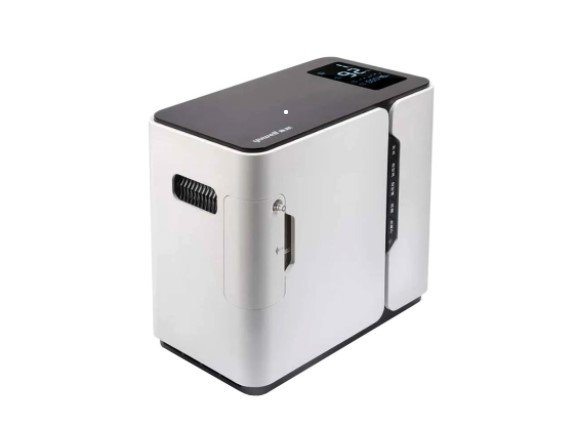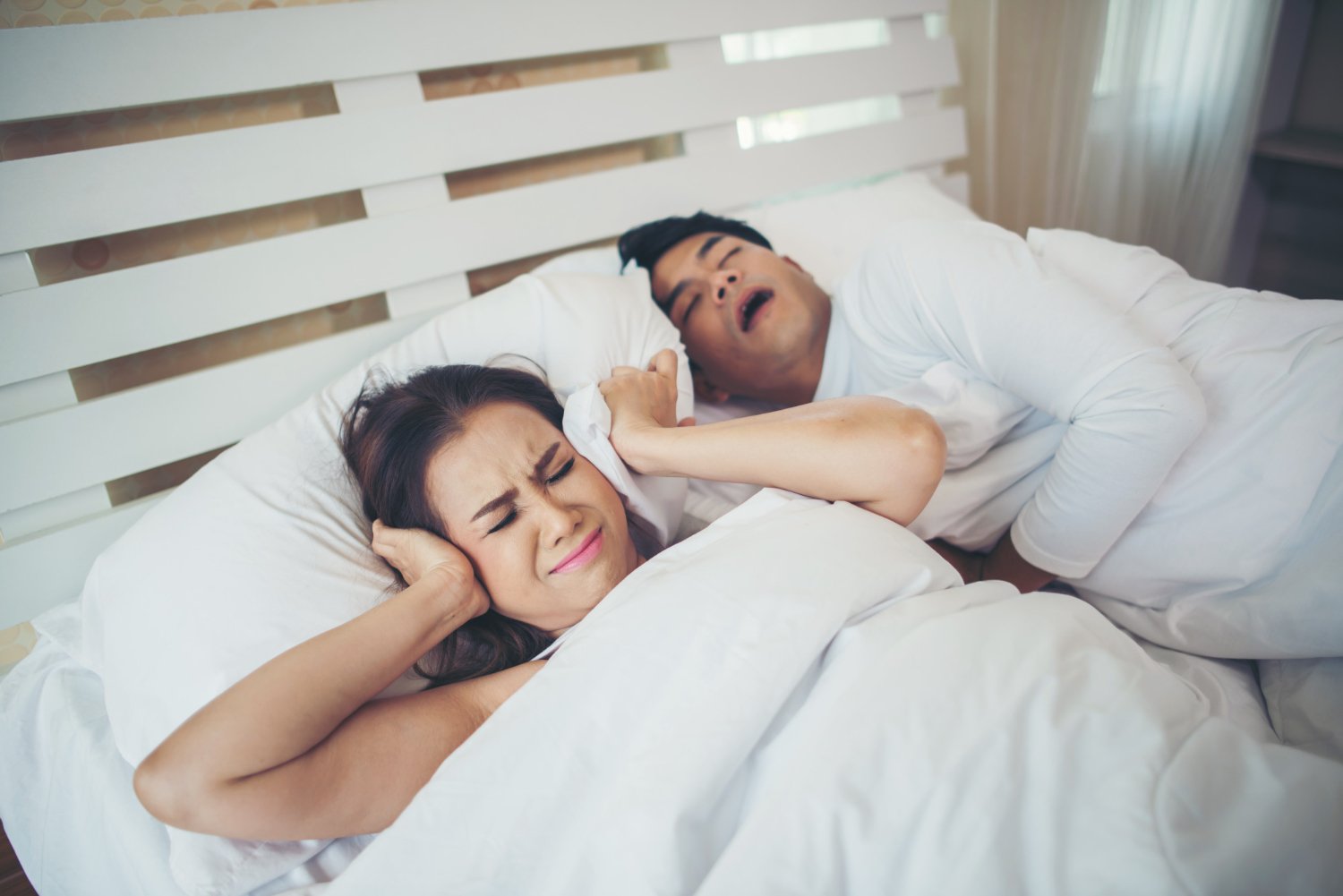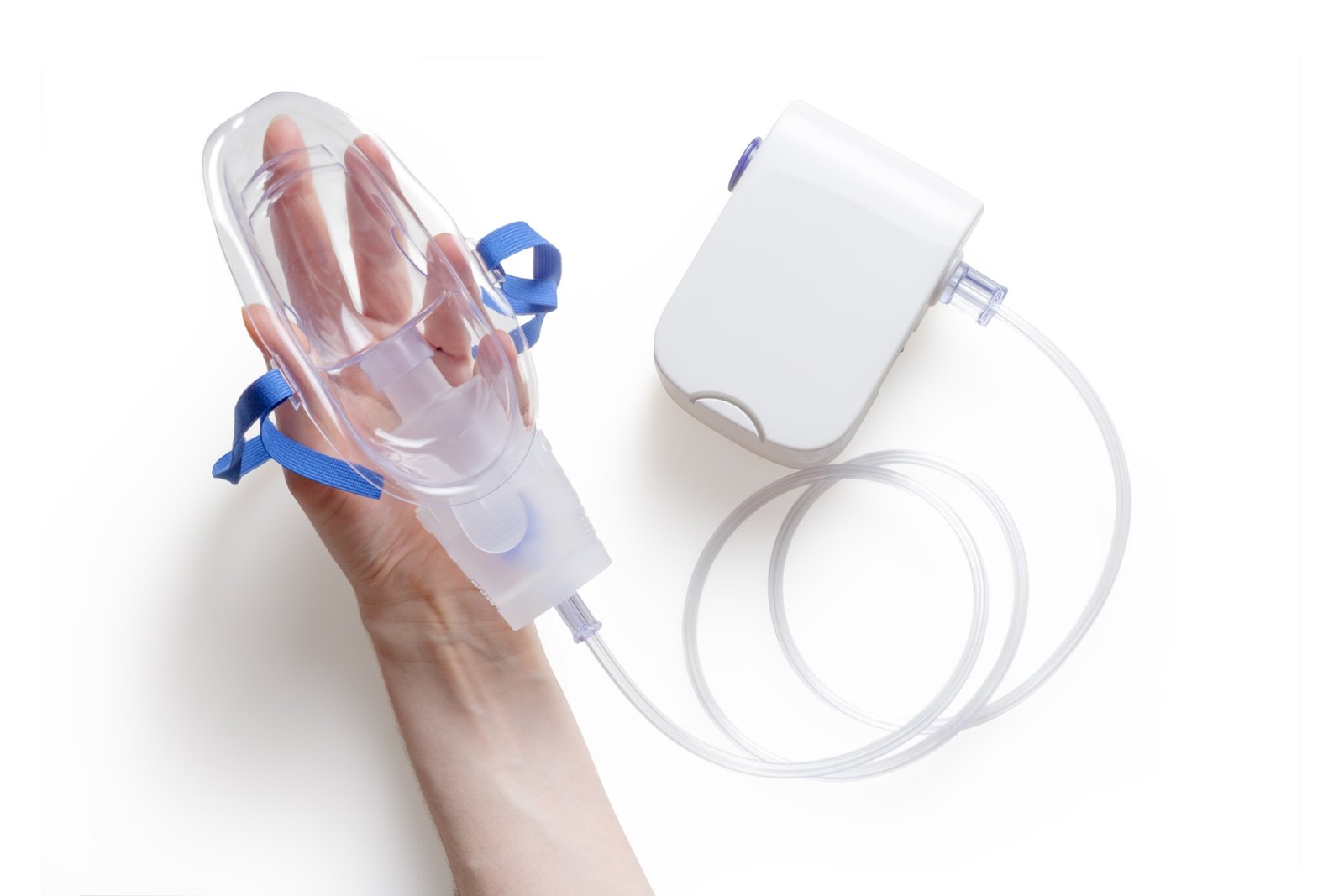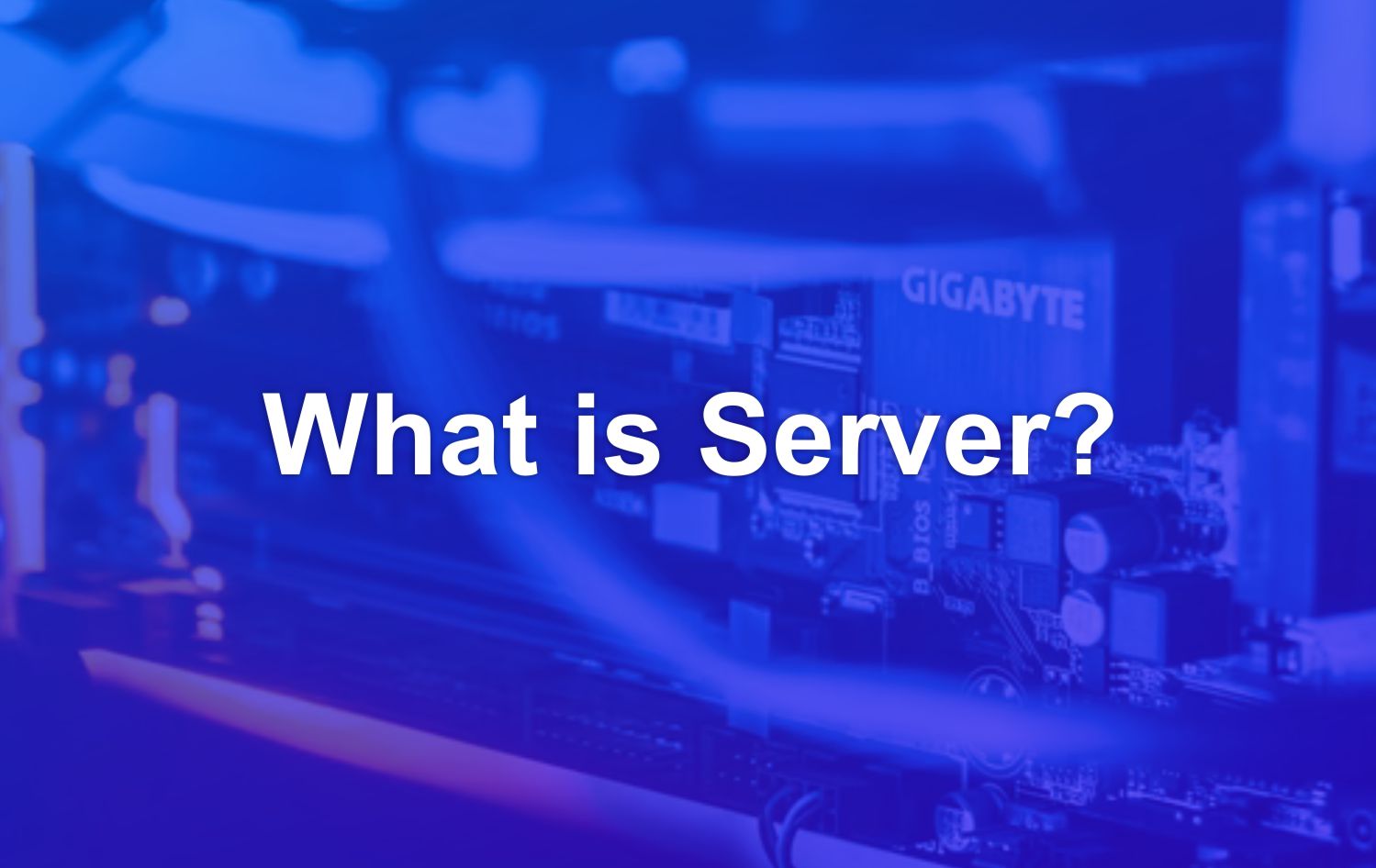An oxygen concentrator is a medical aid used in oxygen therapy. This therapy is given to people who have difficulty breathing or are unable to get their own oxygen due to an illness, such as pneumonia, asthma, heart failure, or COVID-19.
Oxygen concentrator work by capturing air in the room into the engine. Inside the engine, the air will be filtered until leaving only oxygen. Oxygen is then channeled using a tube to be inhaled through the nose or inserted directly into the throat. When compared with oxygen cylinders, the price of oxygen concentrator is relative more affordable. In addition, the oxygen concentrators also doesn’t need to be refilled.
Types of Oxygen Concentrator

In general, there are two types of oxygen concentrators that are most often used, including:
Ordinary oxygen concentrator
Oxygen concentrators are usually used with the help of electricity or batteries. It weighs about 23 kg and usually has wheels for easy transport. If you have a regular oxygen concentrator, it is recommended that you have a backup oxygen source. In the event of a power outage, ordinary oxygen concentrators cannot be used. Because it requires a power supply to keep it on.
Portable oxygen concentrator
Portable oxygen concentrators weight 1–9 kg making them easy to carry anywhere. This type of medical device can also be activated using electricity or battery.
Acute Conditions Requiring Oxygen Concentrator

Some examples of acute conditions where you may need an Oxygen Concentrator for short-term oxygen therapy are:
Asthma / Shortness of Breath
This condition is where your airways become inflamed and start producing a lot of mucus, which makes it harder to breathe. While there are a number of medications that can treat and control asthma, Oxygen Concentrators can pump high levels of oxygen into a patient’s bloodstream while they are having or have had an asthma attack.
Pneumonia / Pneumonia
Pneumonia is an infection in which you develop inflammation of one or both of the air sacs of your lungs and in most cases, fill them with fluid. Many pneumonia patients have been prescribed oxygen therapy and have seen good clinical outcome.
Bronchopulmonary dysplasia (BPD)
Newborns with RDS also have a higher risk of developing BPD. This is a severe lung condition that requires long-term breathing assistance.
Chronic Diseases Requiring Oxygen Therapy

Some chronic conditions that require long-term use of Oxygen Concentrators are:
Chronic Obstructive Pulmonary Disease (COPD)
Chronic Obstructive Pulmonary Disease COPD affects about 16 million people, but oxygen concentrators can be an effective treatment. When you have COPD, you have chronic lung damage that makes it difficult for your lungs to absorb enough oxygen. As a result, you can have difficulty breathing, and oxygen therapy via a concentrator can help.
Cystic fibrosis
You inherit this life-threatening condition. It causes damage to the digestive system and lungs. This is a rare condition that affects the body’s cells that are responsible for producing mucus, sweat, and digestive juices. The fluid is altered which results in a sticky, thicker solution that clogs the ducts, tubes, and passages of the infected person.
Sleep Apnea
Sleep apnea is a sleep disorder that can be serious and cause an individual’s breathing to stop sporadically and start during their sleep. Usually, treatment for this condition is continuous positive airway pressure (CPAP), weight loss and physical exercise, although some people with sleep apnea may need oxygen therapy.
How Does an Oxygen Concentrator Work?

The oxygen concentrator uses an intelligent method to remove nitrogen from the air and produces up to 96 percent pure oxygen. For reference, room air contains 80 percent nitrogen and 20 percent oxygen. The oxygen concentrators will change the surrounding air using one or two filters to take air from outside and then process it from the machine which will make pure oxygen ready to be inhaled by the patient.
Think of an oxygen concentrator as a window air conditioner, so it needs air to enter, change it and give it a different form. Oxygen Concentrators take air and purify it for use by individuals who need medical oxygen due to low levels of oxygen in their blood.
- Compressing air while the cooling mechanism prevents the concentrator from getting hot
- Inhaling air from the surroundings
- Using electronic interfaces to adjust delivery settings
- Removing nitrogen from the air through filters and filters
- Delivering pure oxygen through a mask or nasal cannula tube
The oxygen concentrator machine is very suitable for home use, patients who need a continuous supply of oxygen while sleeping or resting will need an oxygen concentrator according to the supplemental oxygen prescribed by the doctor. The oxygen concentrator can also be turned on for 24 hours, but you can rest the machine for about an hour. It is always recommended to have an oxygen cylinder ready as a daily backup in case the power goes out at any time. If the mains voltage is less stable, use an electrical stabilizer. Keep the appliance away from cigarettes or flammable objects.
Things to Attention When Using an Oxygen Concentrator

Currently, many oxygen concentrators are sold freely. However, the use of this medical device should and should only be used on the advice of a doctor. Oxygen concentrators have indeed been recommended for oxygen therapy for COVID-19 patients, with the ability to deliver oxygen between 5-10 liters per minute. However, using an oxygen device without a doctor’s advice can cause serious problems, such as oxygen poisoning from inhaling too much oxygen.
In addition to having go through a doctor’s approval, there are several things that need to be considered when using an oxygen concentrator, namely:
- Avoid using the oxygen concentrators near a blazing fire or while smoking.
- Place the oxygen concentrator in an open space to prevent the engine from overheating ( overheating ) and causing the appliance to fail.
- Avoid placing any objects near the oxygen concentrator so as not to block air from entering the engine and affect the performance of the tool.
- Check the oxygen concentrators periodically to make sure it is working properly or if it is damaged.
- If you or your family suffer from COVID-19 or other respiratory problems and need an oxygen concentrator as a breathing apparatus , consult your doctor first.
The doctor will examine you or your family’s condition to determine how much oxygen you need and how long oxygen concentrator should be on. Avoid making changes to the oxygen concentrator yourself, as this poses a risk of health problems. If there is a change in breathing or oxygen levels after using the oxygen concentrator, consult your doctor again so that the doctor can adjust the device according to your condition.



